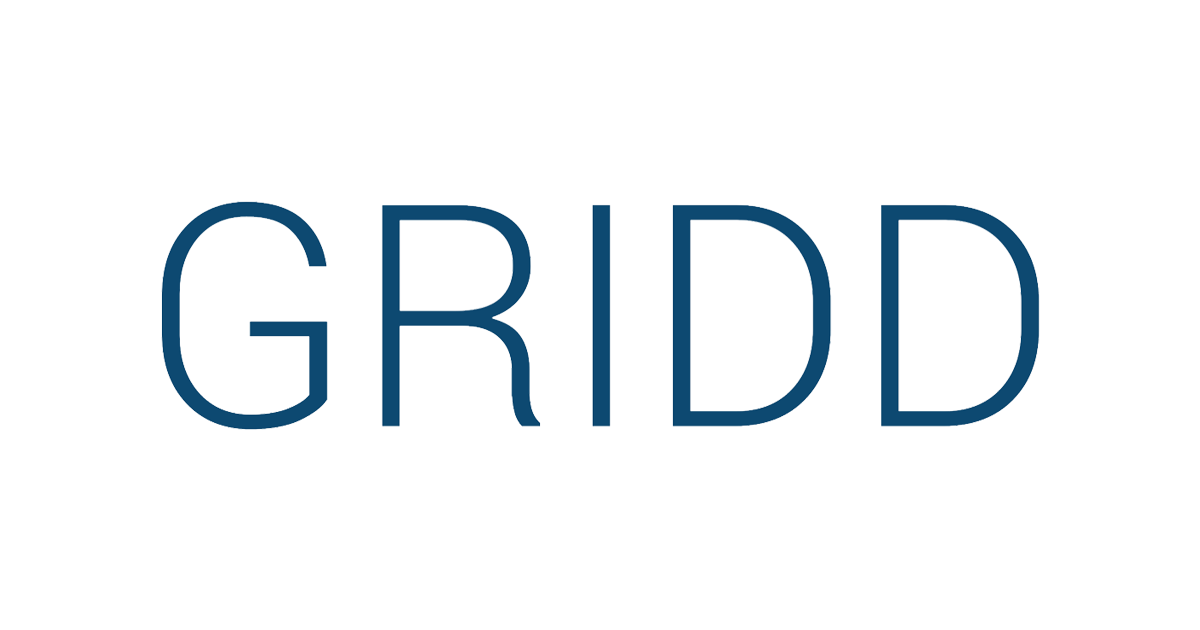A study of the coupling of physical and digital assets and resources across the lifecycle stages of the built environment.
Abstract
The rapid digitization of the built assets industry is driving a closer coupling of physical and digital asset and resource information. This coupling of information enables stakeholders to unlock opportunities for considerable gains in terms of performance and the value generated by integrated information management. In the context of cyber-physical systems (CPS) and digital twins (DT), a growing number of studies are focusing on the technical aspects of CPS and DT. However, there are as yet no common definitions, dimensions, characteristics or concepts for linking life cycle information. To take full advantage of these concepts, new constructs, principles and mechanisms are needed to define and relate the various elements that make up the coupling of physical and digital asset and resource lifecycle information. This research project aims to fill existing coupling gaps and problems with a taxonomy of built asset lifecycle information pairs and a framework for instantiating coupling actions that provide the dimensions and characteristics framing the physical-digital coupling of assets and resources in the built asset industry. The proposed taxonomy and its instantiation framework contribute to the effort to structure the knowledge domain of life cycle information management by coupling the physical and digital worlds in the built environment.
Project results
Project contributions
Publications
Publications from this project are available below:
Research team
The project team :
Similar research
Explore our research in more depth by exploring these related studies and resources:


